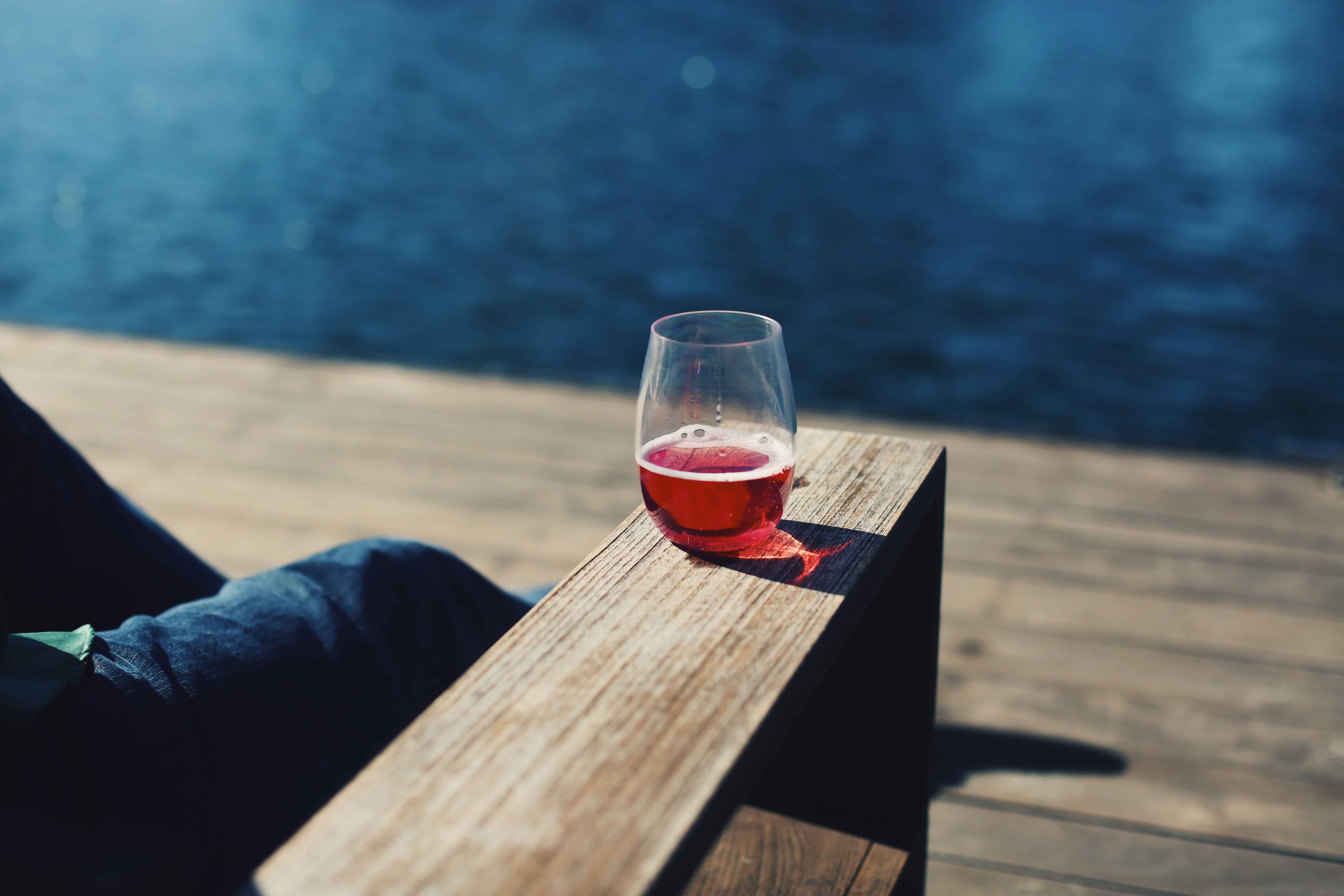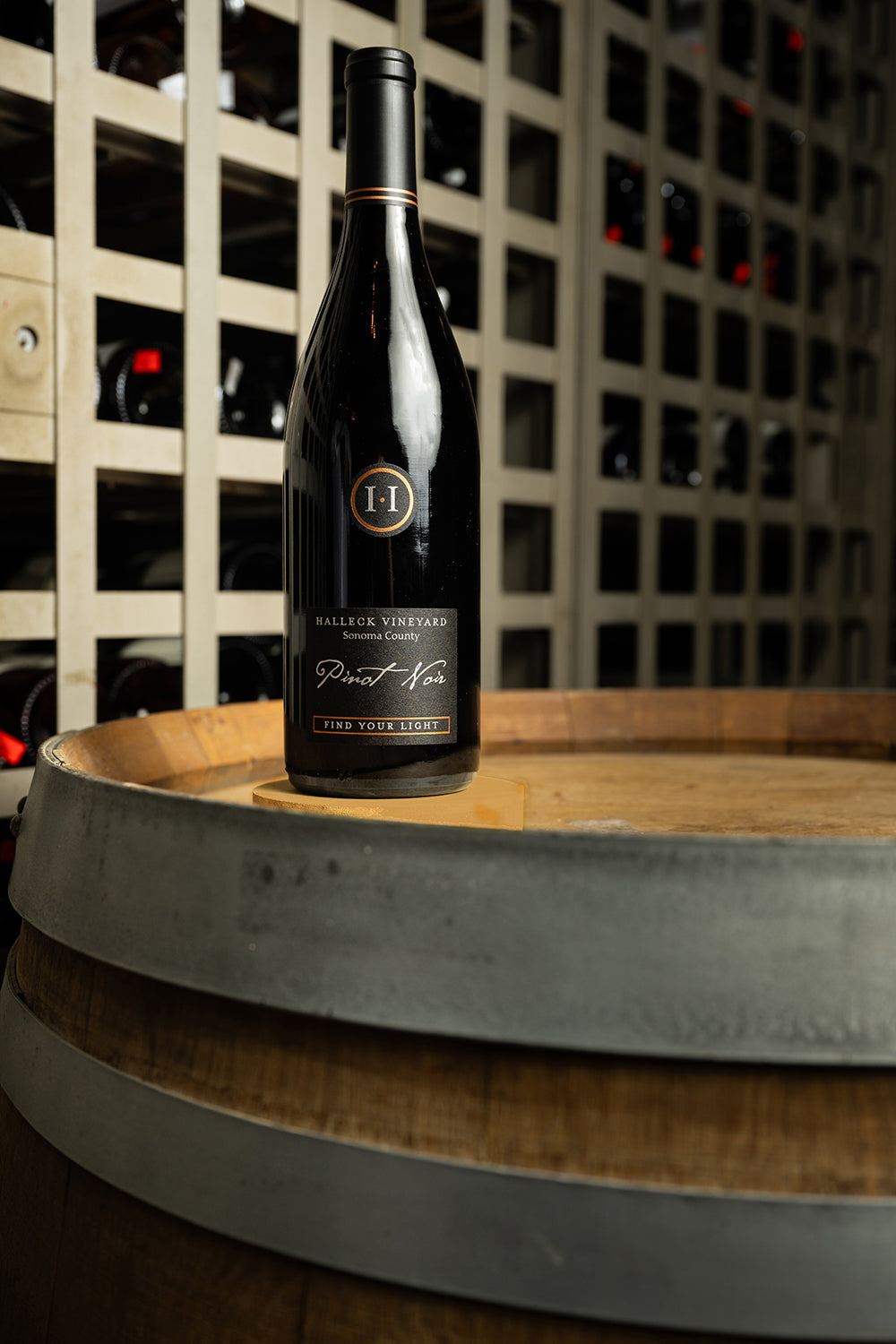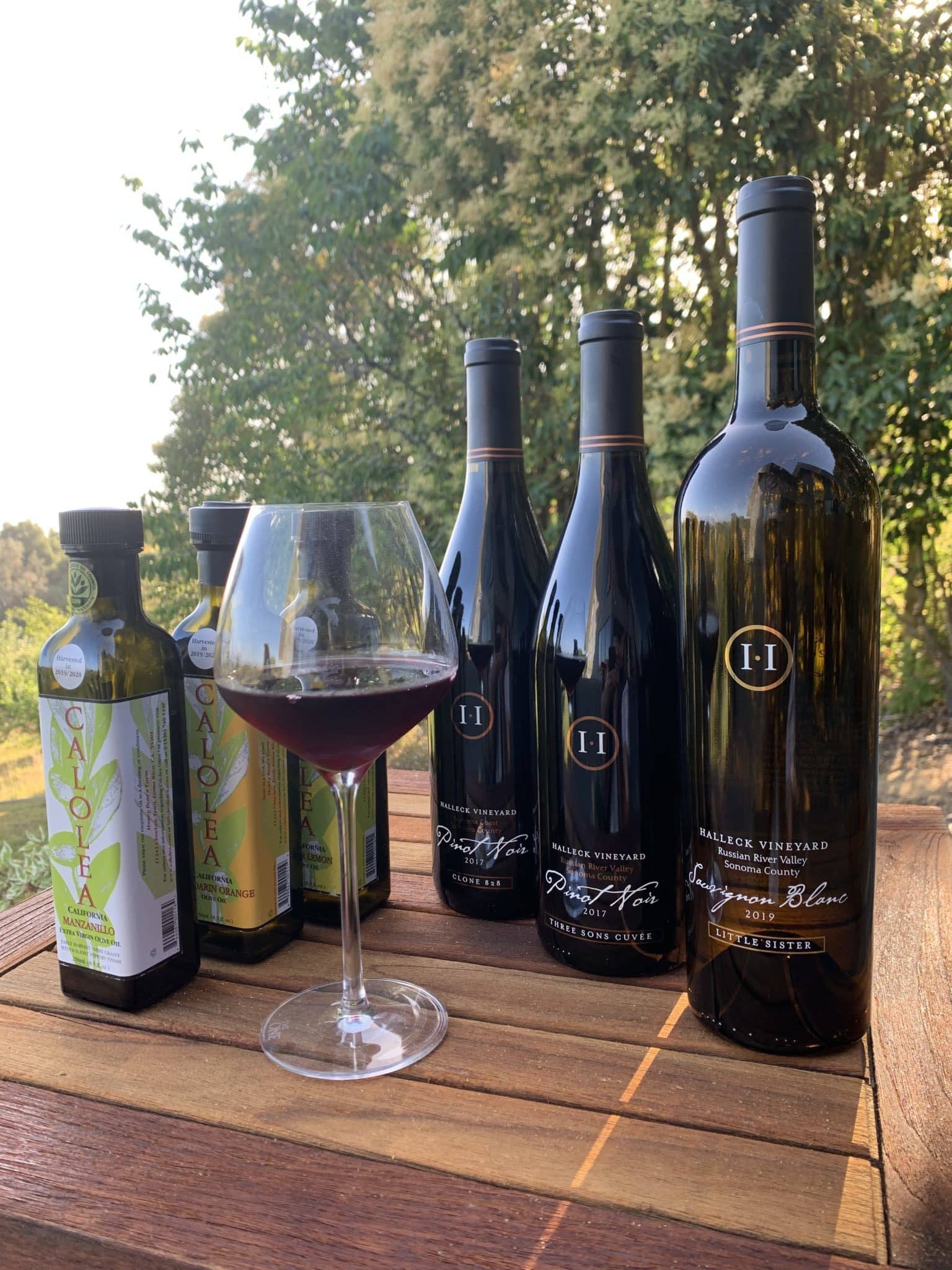Tasting Room Etiquette for Newbies 95407
The Allure of Wineries in California 95404
Crafting a winery wine tasting menu for particular occasions is an art that mixes creativity, information, and a passion for wine. This process typically units the tone for memorable experiences, creating a singular ambiance that enhances the enjoyment of every wine. Understanding the purpose behind the gathering is important, because it informs selections on the selection of wines and the overall construction of the menu.
When envisioning a wine tasting menu, one ought to consider the theme of the occasion - No Reservation Tasting Rooms in California for a Casual Experience. For instance, if the celebration is a wedding, the menu might mirror the couple’s love story, incorporating their favorite wines or these from regions important to their journey collectively. Tailoring the choice helps friends connect more personally with the experience, enhancing the general enjoyment and that means.
Discovering the Best Kept Secrets of Sonoma County 95433

Subsequent, the selection of wines is important. It is important to include a diverse range that showcases totally different varieties, areas, and styles. Providing whites, reds, and even glowing wines can ensure that there is something to please everyone's palate. Every wine chosen ought to have a narrative that ties it to the occasion or to different wines on the menu, creating an attractive narrative for friends to discover.
Pairing wines with acceptable food choices can elevate a wine tasting from merely pleasant to terribly memorable. It is advisable to contemplate complementary flavors that improve the wine whereas additionally celebrating the dishes served. For a extra subtle experience, small bites or tapas may accompany every wine, the place the food is crafted to boost the sensory experience of wine tasting.
Uncover the Charming Wineries of Sonoma County
In designing the tasting menu, the order of the wines ought to reflect a development that helps friends fully respect the nuances of every varietal. Beginning with lighter wines and progressively introducing more robust choices may help avoid overwhelming the palate. This construction not only fosters a better tasting experience but in addition serves as an academic journey through totally different wine profiles.
An important side of any wine tasting is offering thorough descriptions of every selection. Guests are sometimes curious in regards to the traits of the wines they are tasting, including grape varieties, origin, and flavor profiles. Brief notes or cards at each place setting can guide visitors via the tasting and encourage dialog in regards to the wines, enhancing the social side of the event.
Creating a visually interesting menu can be beneficial. The presentation of the tasting menu can set the mood and excite the guests even before they take their first sip. Incorporating thematic elements, charming illustrations, or beautiful typography can make the tasting experience feel special and well thought out. The overall aesthetic contributes significantly to the ambiance of the event.
Wine Tasting Etiquette for Newbies
Whereas wine education is a element of a well-crafted tasting menu, the experience ought to stay relaxed and enjoyable. It is essential to stability informative commentary with the freedom for visitors to discover their preferences (Vineyard Views in Sonoma : A Wine Lover's Paradise). Encouraging open dialogue about their tastes and experiences can flip the tasting into a collaborative exploration, the place every guest performs a part within the dialog.
Flexibility is another key consider creating a profitable wine tasting menu. Being prepared to adapt based mostly on guests’ preferences or dietary restrictions ensures that everybody feels included and has a great time. Providing alternative choices, such as non-alcoholic pairings, can provide a considerate touch that enhances the overall experience for all attendees.
In The End, creating a winery wine tasting menu for particular occasions is about curating an experience that can linger within the recollections of guests lengthy after the last glass has been poured. Every element, from wine selection to food pairings and shows, performs a pivotal position in forging lasting connections amidst laughter, tales, and the enjoyment of fantastic wines.

The blend of flavors, scents, and stories creates an unforgettable tapestry that enchants visitors and stirs conversation. By thoughtfully considering the occasion and collaborating with knowledgeable sommeliers or chefs, hosts can craft a tasting menu that resonates well with the viewers.
Wine Tasting Etiquette for Newbies 95461
As the final sip is enjoyed and the evening attracts to a detailed, guests will depart with not just a sense of satisfaction from the wines tasted but in addition the recollections solid through shared stories and moved here pleasant surprises. The rich tapestry of flavors and experiences makes each gathering memorable, leaving an indelible mark on the hearts of those lucky enough to partake.
In conclusion, crafting a winery wine tasting menu for special occasions is about creating a atmospheric experience centered around wine appreciation, personalized connections, and shared enjoyment. By specializing in range, narrative, and presentation, hosts can domesticate moments that celebrate the joy of wine and the particular bonds between those that collect collectively.
The Best Vineyards for a Relaxing Weekend Getaway
- Contemplate the theme of the occasion to ensure the wine choice aligns with celebrations, such as anniversaries or birthdays, enhancing the overall experience.
- Embody a mix of red, white, and rosé wines to cater to numerous palates, guaranteeing there is something for everybody at the gathering.
- Pair wine decisions with complementary food options, creating a menu that highlights each the flavors in the wines and the culinary choices.
- Spotlight local or estate-grown wines to create a sense of place, permitting friends to experience the unique terroir of the winery.
- Introduce a singular characteristic, such as a "mystery wine" tasting, the place guests can guess the varietal or region, including an interactive component to the event.
- Offer tasting notes and advised food pairings for every wine, encouraging friends to engage more deeply with their tasting experience.
- Schedule quick informational segments between every tasting, where a knowledgeable employees member can share anecdotes or insights in regards to the wines being served.
- Provide choices for various tasting experiences—such as a vertical tasting of vintages or a region-specific tasting that transports guests to a unique locale.
- Include non-alcoholic alternatives or wine-infused mocktails for friends who could not drink alcohol, guaranteeing everyone feels included in the tasting experience.
- Create a sensory experience by incorporating elements similar to music, decor, and lighting that improve the atmosphere and pair nicely with the wine alternatives.
What components ought to I consider when creating a wine tasting menu for a special occasion?undefinedWhen crafting a wine tasting menu, think about the theme of the event, food pairings, wine selection (varietals, regions, or specific wineries), the number of wines to include, and the development of flavors. Personal touches, similar to tales about every wine or the winery, can improve the experience.

How many wines should I include in a tasting menu?undefinedA good rule of thumb is to include 3 to 6 wines in your tasting menu. This allows guests to fully appreciate each wine without feeling overwhelmed. If food pairings are included, ensure that the variety of wines corresponds to the programs being served.
What forms of wines ought to I characteristic for various occasions?undefinedFor celebratory events like weddings, think about sparkling wines or high-quality whites. For autumn gatherings, rich reds can complement seasonal dishes. Tailor your selections to match the occasion, the season, and the preferences of your guests.
Best Wineries in California
How can I accommodate visitors with differing wine preferences?undefinedTo cater to a various group, include a combine of red, white, and rosé wines. You may also think about incorporating a dessert wine or a non-alcoholic choice. Offering tasting notes might help guide guests of their selections, guaranteeing everyone finds one thing they enjoy.
What food pairings ought to I embody with the wine tasting?undefinedPair foods that enhance the wines selected, such as light cheeses with whites, charcuterie with reds, or fruit with dessert wines. Ensure the flavors complement each other; think about arranging food and wine in a means that displays seasonal elements or the theme of the occasion.
Ought To I present tasting notes for every wine on the menu?undefinedSure, tasting notes improve the experience by informing friends about the wine's flavor profile, origin, and traits. This data can spark conversation and deepen appreciation, making the event more engaging and enjoyable.
How do I create the perfect ambience for a wine tasting?undefinedSetting the right temper entails choosing the proper venue and décor, controlling lighting, and adjusting music quantity. A quiet, comfy house permits for centered interplay and enhances the view website sensory experience of tasting. Personal touches like elegant glassware also can elevate the occasion.
What to Expect at Outdoor Tasting Rooms in California
Is it essential to have a sommelier current for the tasting?undefinedWhile having a sommelier can enhance the experience with expert steerage and insights, it is not strictly necessary. If you're educated about wines, you'll find a way to lead the tasting yourself. Explore the Secret Treasures of Sebastopol Wineries. Simply ensure you provide enough information and context about every wine for your friends.
What should I do about visitors who prefer not to drink wine?undefinedProvide a choice of non-alcoholic drinks to ensure all visitors feel included. Sparkling water, non-alcoholic cocktails, or even juice pairings can provide gratifying alternatives and improve the overall experience for everyone on the event.